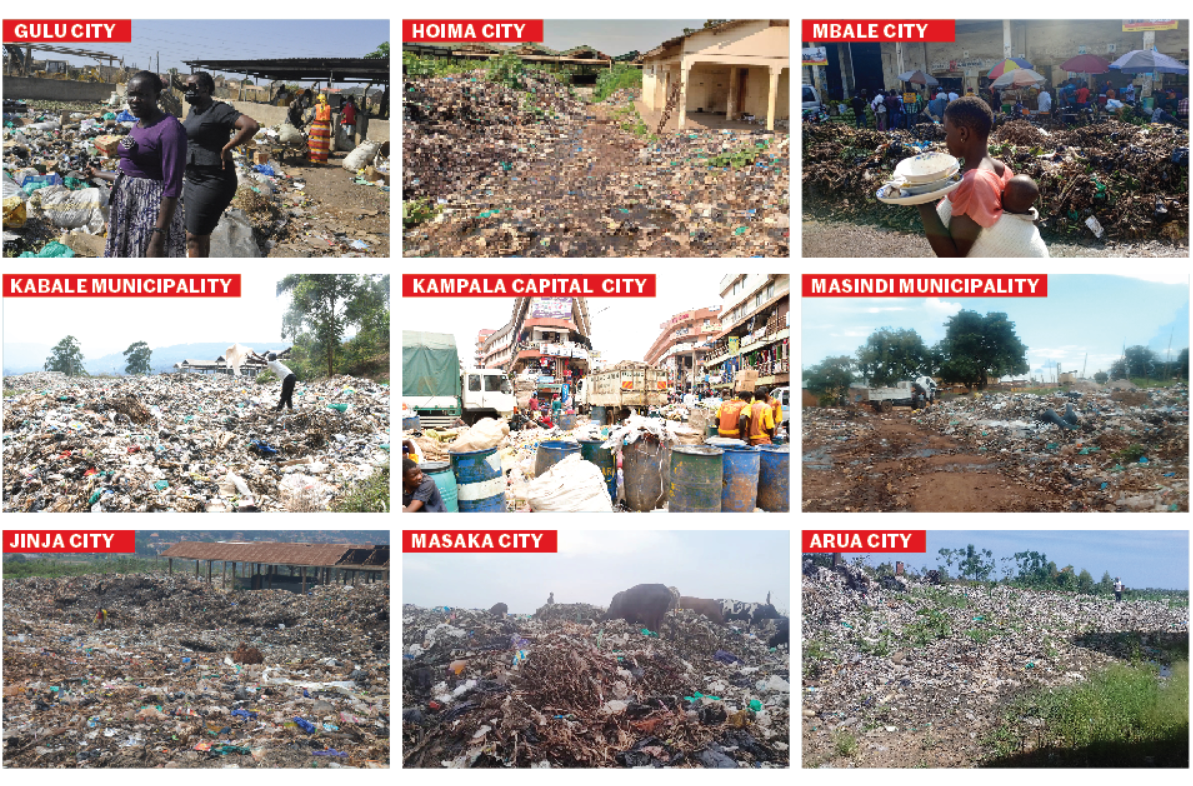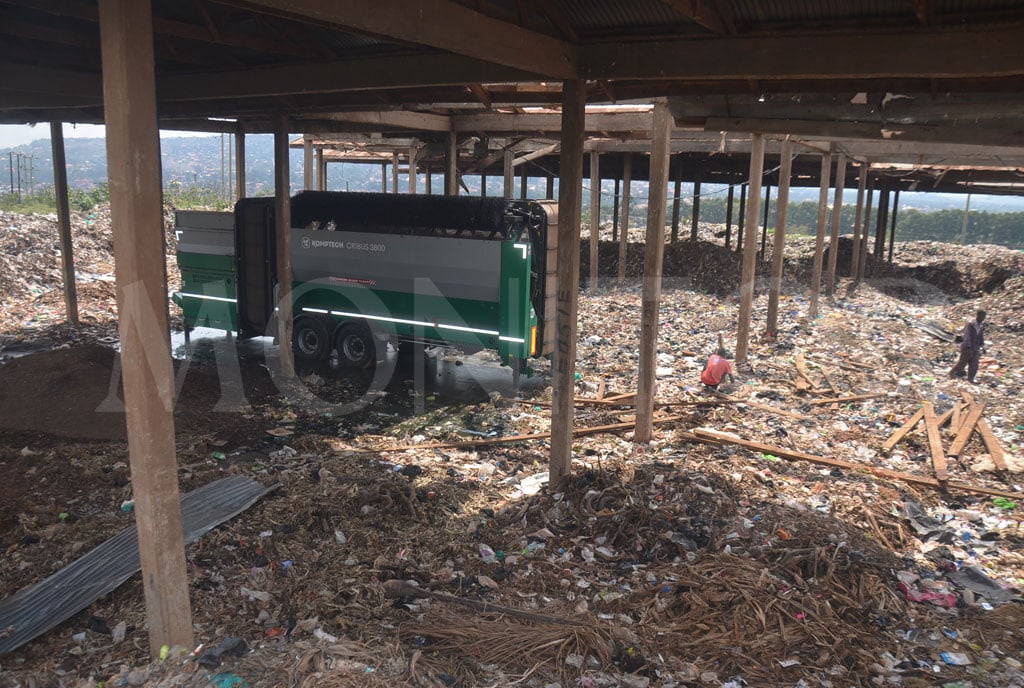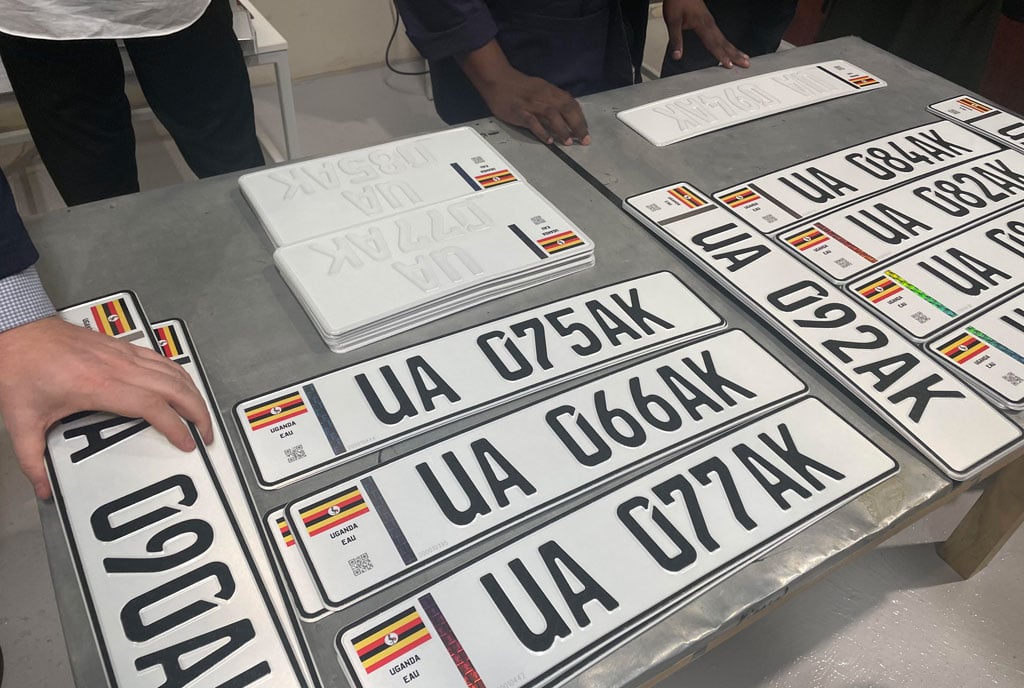Prime
OPM pleads for Shs11 billion as floods bring Uganda to its knees

Ntoroko District chairperson William Kasoro looks on as people sail in a boat after rising waters from River Semuliki flooded Kyapa Village in Bweramule Sub-county on August 6. PHOTO | ALEX ASHABA
What you need to know:
- Floods have in recent months wreaked havoc in several parts of the county, submerging homesteads and crop plantations, washing away roads, bridges, and schools, and causing the death of livestock while displacing thousands.
The Office of the Prime Minister (OPM) has tabled before the Cabinet a budget of Shs11 billion to support flood victims in several parts of the country, the Monitor has learned.
Once secured, the funding will be used to secure emergency relief items, including food and non-food items.
On Tuesday, Mr Charles Odongtho, the OPM spokesperson, said the budget is now pending Cabinet approval.
“The most urgent need right now is funding. Once the funds are approved, there will be stocking of relief items such as food and non-food items to support disaster victims,” Mr Odongtho said.
He called upon the affected districts to execute the mitigation measures they were recently trained about.
“For the district contingency plans, each district comes up with activities that need to be implemented and costed; so the total for Kasese may vary from that of Dokolo depending on their activities, so it’s better to handle this case by case based on what is in the contingency plan of the distric,” he explained.
Floods have in recent months wreaked havoc in several parts of the county, submerging homesteads and crop plantations, washing away roads, bridges, and schools, and causing the death of livestock while displacing thousands.
In Lango Sub-region, several districts, including Dokolo, Kwania, Amolatar, Oyam, and Apac, have been affected by flooding due to rising water levels in Lake Kyoga and Lake Kwania.
For example, in Oyam District, floods washed away a low water passing point (bridge) on August 16 at Oryemapat swamp in Adyeny Village, Ajerijeri Parish, Abok Sub-county.
In Dokolo District, the floods have displaced more than 8,000 residents in Adeknino, Agwata, Kwera, and Okwongodul sub-counties.
Mr James Otoo Abili, the district chairperson, said the rising water levels have also affected the Kacung Water Plant.
“We are praying that the government comes in and supports us, especially on emergency relief foodstuffs, because the affected community members cannot get food since the only sources of survival, including land and crops, are flooded by water from the lake,” Mr Otto said.
Mr Geoffrey Eling, the Kwania District vice chairperson, said their data as of July 4 showed that about 7,145 households and 42,233 people were affected by floods in the area.
The highest number of households affected were in Ayabi Sub-county, with about 3,946 households and Nambieso Sub-county, with about 2,482 households.
Mr Paul Samuel Mbiiwa, the chief administration officer (CAO) for Amolatar District, said by June, a total of 9,467 people had been affected by floods .
Mr Mbiiwa attributed the flooding to a lot of rain, leading to the rising of water levels in Lake Kyoga.
Mr Mbiiwa expressed fear that without clean water, affected communities are at increased risk of water-borne diseases and other health hazards.
In Pader District, the rising water levels on Aswa River last week caused its banks to burst and submerged two villages in Puranga Town Council following weeks of heavy rain.
At the weekend, up to 255 households comprising 605 people were ordered to vacate the foot of Owili hills in Amoko Village, Latanya Sub-county following a mudslide.
Mr Bob Okello, the Latanya Sub-county chairperson, said floods have submerged several roads linking Amoko Parish to other parts of the sub-county.
“These roads are impassable at the moment,” he said.
Catchment plan
On Tuesday, Mr Robert Steen Omito, the Pakwach District chairperson, said while they previously proposed to the government to draw a catchment plan for the areas affected by floods.
“We advised the government to draw a catchment plan to see that running water is first trapped after valley dams, which people could use for farming purposes such as micro-irrigation, animal farming, apiary crop farming, and any other commercial purposes,” he said.
In the eastern region’s Buyende District, there are currently no budgets to tackle the floods that have affected several villages.
Ms Scholastica Naadhomi Magala, a resident, said: “Currently, most places around Lake Kyoga are affected by floods, but leaders can’t rescue the affected community because they are financially incapacitated.”
In Jinja City, the Mayor, Mr Peter Okocha Kasolo, said after realising that some parts of the urban area had started flooding, the council instructed line engineers to start planning for the expansion of water channels in these areas.
Mr Kasolo cited the areas around the MMII factory in Jinja South Division and steel rolling mills near Wanyama Road in Jinja North City Division as some of the places affected by floods.
“Human settlement in the aforementioned places made the water channels narrow, resulting in flooding. Our engineers have been instructed to plan for these blacklisted areas prone to floods so that we can have a budget before residents are affected,” he added.
In Katakwi, several community access roads have been washed away, while gardens in low-lying areas have been submerged by water that is flowing from the seasonal rivers in Karamoja Sub-region.
The affected sub-counties are Ngariam, Palam, Akoboi, Magoro, and Kapuja.
Katakwi District chairperson Geoffrey Omolo said the rising waters have affected the grazing fields for animals and destroyed community roads whose bridges have been washed away.
In Serere District, residents around the Mugarama Landing Site have witnessed an increase in water levels, which has eaten into the farming land close to the lake shores and also left some homes destroyed.
The recent floods in Ntoroko District have had a devastating impact, with the early August overflow of the River Semuliki inundating most villages in Bweramule Sub-county and parts of Butungama Sub-county. In Bweramule, Kayaja I & III, Kyapa, and Kyobe villages were severely affected, with access roads damaged.
Mr Vincent Asiimwe, the head teacher of Masaka PS, reported that on August 6, he was forced to close the institution after floodwaters from River Semuliki inundated the entire premises, including the classrooms, leaving students without a place to study.
According to Asiimwe, while the water levels have started to recede from the classrooms, they now sit at the school’s main gate. He confirmed that the school will remain closed until the next term.
The 2019 floods also inundated the newly established Kanara Sub-County and Rwangara Health CentrE. To this day, these structures remain abandoned, with the health centre now occupied by displaced people as floodwaters reach up to the veranda.
Appeal
Mr Jotham Mwesigwa, the speaker for Rwampara District Council, said they are telling residents to leave disaster-prone areas such as swamps and mountains.
“But we have also been involved in activities to protect the environment and stop disasters like tree planting,” Mr Mwesigwa said.
Mr Prosper Twebaze, a resident of Ruhumuro Sub-county in Bushenyi District, said there remains a challenge of resettling residents who have already encroached the fragile ecosystems such as wetlands.
Since May, more than 200 families from 21 villages in Lwampanga Sub-county and Lwampanga Town Council in Nakasongola District have been stranded after losing property, including gardens in fresh Lake Kyoga flash floods.
The flash floods that also washed away the roads connecting to the different parts of the district left a section of the buildings submerged while the main road linking the Kibuye Landing Site and Lwampanga Town was submerged.
Ms Jamila Nakiyimba, the Lwampanga Town Council vice chairperson, said the residents at the villages of Munami, Kabasombwe, Zengebe and Lwampanga are in dire need of relief after their homes were submerged in water.
Mr Edward Kisambira, a resident of Kabasombwe Village, said he recently evacuated his family of seven to Nakasongola Town for safety after his house got submerged in the floods.
“We lost four acres of the cassava, potatoes and maize gardens that were washed away by the floods. When the waters submerged a section of the buildings near my home, I decided to move my family to a safer area,” he says.
IMPACT ON MASAKA
In Masaka, the flash floods, which submerged fishing villages along Lake Victoria shores in May, have delayed the planned reopening of different landing sites in the area.
This has left hundreds of fishermen in different fishing villages stranded and struggling to make ends meet.
According to Mr Peter Ssenkungu, the Masaka District finance committee chairperson, their team had embarked on assessing the closed fishing villages and sensitising fishermen about the accepted fishing practices but the rising water levels which started in May, interrupted the programme.
The affected landing sites include; Lambu, Kaziru, Kyasa, Kalokoso, Malembo and Namirembe in the sub-counties of Bukakkata, Buwunga, Kyanamukaka and Kyesiiga.
Compiled by Julius Ochen, Simon Peter Emwamu, Teddy Dokotho, Tobias Jolly Owiny, Philip Wafula, Abubaker Kirunda, Tausi Nakato, Alex Ashaba, Dan Wandera, Issa Aliga, Al-Mahdi Ssenkabirwa, Rajab Mukombozi, Milton Bandiho, Jovita Kyarisiima, Cosline Nakahiira, Julius Byamukama, Robert Muhereza & Emmanuel Arineitwe




